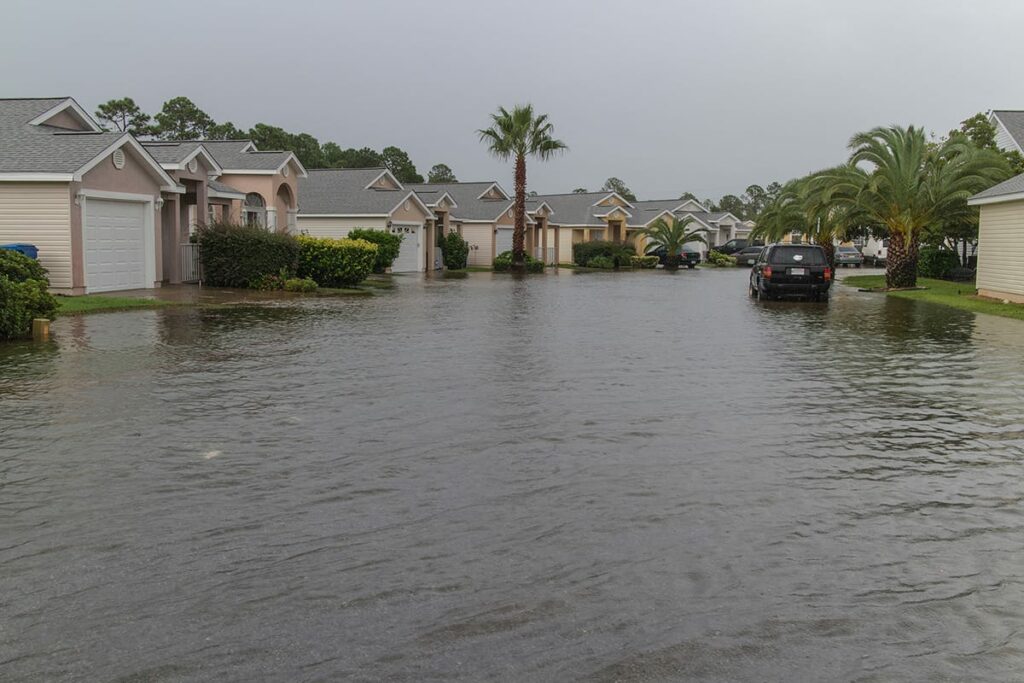Share:

If there’s anything we’ve learned from years of data-driven, timely communication practices, it’s that crises happen at all sorts of levels: globally, nationally, regionally—and even more frequently, personally.
The emergence of COVID-19 has underscored the importance of a crisis-communications practice. But we’re here to offer a challenging statement: If you’re doing day-to-day communications effectively, crisis communications shouldn’t be any different.
Whether a major pandemic like we find ourselves in now, a regional weather disaster like a hurricane, or an individual struggle like cancer or financial hardship, these events deserve the same care and response as any crisis.
Microcrises, macrocrises, and everything in between
Daily microcrises:
The Evive platform has been responding to crises at the individual level for years (and was specifically designed to do so)—by delivering dynamic, highly data-driven “campaigns of one.”
Campaigns of one are individualized, prioritized employer resource marketing campaigns. They include identifying who’s overdue for a preventive care activity and nudging them to complete it (helping to prevent a potential health crisis), recognizing who’s not utilizing an HSA/FSA benefit that could support them during financially challenging times, or revealing with predictive analytics who’s trending toward costly healthcare episodes (such as musculoskeletal-related procedures)—and directing those individuals to second opinion services.
Occasional regional crises:
Natural disasters like hurricanes and tornadoes creep in when they want to—and it’s nearly impossible for anyone to fully prepare. We’ve seen these catastrophic events impact various large-employer customers with varying severity, but fortunately our communications approach is inherently crisis-abiding.
To connect employees and dependents with critical resources and relevant operational updates as quickly as they need them in these scenarios, our platform segments messaging by zip code, benefits eligibility, and more (bolstering response to safety check-in initiatives as well). We’ve supported one Fortune 100 customer in particular through several natural disasters, including Hurricane Irma and Tropical Storm Imelda.

Rare macrocrises:
Given these rapid, relevant communications in relation to daily and regional events, it makes sense that the Evive platform was well-equipped to quickly support our customers’ response to COVID-19. Once-in-a-lifetime macrocrises like this are where we take our existing approaches and escalate them to the national level. In this case, we familiarized members with more appropriate care options (e.g., telehealth over in-person doctor’s office visits), broadcasted mental health resources after learning the desire for them was prevalent, and provided compelling financial tips to those who might need them most (bringing it full circle to personal crises that occur regardless of the macrocrises at hand).
So what does crisis planning look like?
What we’ve found is there really is no crisis planning period, because crises are ongoing and occur at multiple levels. The constant microcrises hit individual employees just as hard as anything else. These are the personal pandemics, playing out largely invisibly—unless you have the rapid communications platform in place to detect and address them. The same goes for seasonal crises of hurricanes and tornadoes. Essentially, if you “crisis plan” for your standard communications approach by implementing a rapid communications platform, every crisis, no matter the level, will get addressed in the right way.
Learn more about how this works in our latest eBook, which illustrates many employers’ responses to COVID-19—and their ongoing interventions to microcrises, too.






